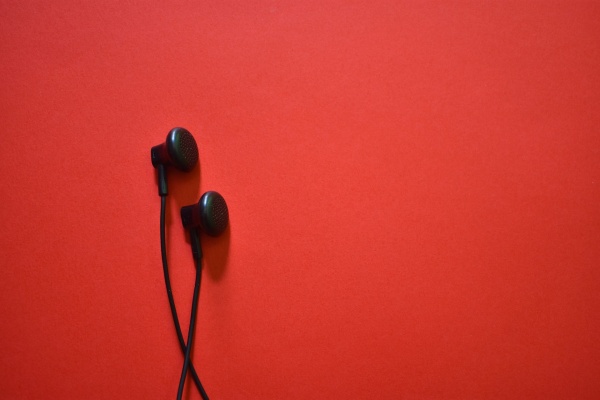Lex Coors, chief data centre technology and engineering officer at Interxion, discusses how the company is helping fly the flag for green technology and what data centre operators can do to follow suit and harness that all-important green power.
Today, the colour green has taken on a brand-new significance as the symbol of the booming green energy movement. That has become a vital component of Europe’s economy.
As the preeminent data centre provider in Europe, Interxion is helping to lead the charge in both efficient energy practices and the use of renewable energy, showing that being green is a crucial way to win customers in Europe.
Demonstrating green practices can be a notable business differentiator for service providers looking to sell services to the European market. Europeans care strongly about sustainability: eight in 10 EU citizens felt that environmental impact was an important element when deciding which products to buy.
At Interxion, energy efficiency is a company-wide policy, with energy-saving measures built right into its data centres. For more than 20 years, Interxion has pioneered energy-saving designs and harnessed everything from arctic winds to underground aquifers to the Baltic Sea to reduce its energy use and thus reduce its carbon footprint.
For data centre providers, much of the daily operations involve ensuring the equipment is kept cool to ensure customers’ mission critical applications are kept running 24/7/365. Interxion is innovating and implementing advanced energy-efficient cooling technologies: for example, free-cooling reduces the use of electricity, which is still predominantly produced from conventional fuels.
In addition to energy efficiency, Interxion pioneered the use of 100% sustainable energy sources, including water, solar, and wind to power its data centres across Europe. And between 2017 and 2019, Interxion chose to redeem all of its data centres’ electricity usage in the form of renewable energy produced in Europe, either via supplier’s green tariffs or Guarantees of Origin.
Interxion has played a critical role in the sustainability efforts of its host cities. A notable example is Stockholm: in the 1970s, Stockholm took energy efficiency to a new level by building infrastructure that reused excess heat to warm households in the city. Interxion is a key partner in this initiative: together with Stockholm Exergi, Interxion is transferring the excess heat energy into residential heating. In 2018, Germany’s two biggest TV networks travelled to Interxion’s Stockholm facility to film documentaries about the city’s power-saving technology with hopes that other countries or cities will soon adopt similar practices.
In Denmark, Interxion has developed groundwater cooling as an energy-saving measure. Previously, cooling in the summer months had been based on traditional refrigeration machines that used a lot of power. But Interxion worked with the city of Ballerup to develop a groundwater-based cooling system that can replace the traditional refrigerants with geo-energy. The result is a system that, summer and winter, can always provide sufficient cooling while significantly reducing energy consumption.
Denmark and the whole Nordic region have evolved into Europe’s leaders in energy efficiency. Not only are Interxion’s Nordic facilities designed specifically with by-products like excess heat in mind, they are among the only data centre providers covering the whole of Europe with 100% sustainable energy. Hyperscalers like Apple and Google have applauded the Nordics for their energy efficient data centres.
The great supply of power from sustainable sources like hydro and wind power, combined with the cold climate makes the Nordics an ideal place for building sustainable data centres.
Due to this and a fast-growing market in Northern Europe, Interxion is seeing an increased number of hyperscale data centre projects emerging in both Denmark and Sweden.
Green-laden Ireland is another region in Europe where energy efficiency is thriving. The Emerald Isle’s temperate climate makes it perfectly suited for free-air cooling, which uses approximately 40% less electricity than typical cooling methods. In addition to energy efficiency, Ireland is a leader in sustainable energy: 26% of the energy that Ireland produced in 2016 came from sustainable sources. It also possesses the third-highest wind penetration in the world. In fact, Ireland has set a target of having 40% of all its energy generated from renewable sources by 2020. It’s quite ambitious, but completely reachable.
In addition to sustainable energy, Interxion’s Ireland data centres are making major contributions in energy efficiency. Interxion has pioneered new approaches to data centre design and management, including improvements around power usage effectiveness and the industry’s first-ever modular approach to data centre design. Interxion even designed its newest Ireland data centre DUB3 with a specific focus on energy-saving modular architecture, incorporating cooling and maximum efficiency components.
Interxion’s efficient and sustainable facilities have changed the conversation around data centres. Once feared as a source of pollution, data centres are now embraced for their energy contributions to surrounding communities. Enterprises that wish to boost their business in energy-conscious Europe have also embraced data centres equipped with green technology. With such enormous benefits to the data centre industry, environment, and local communities, it is easy to imagine Interxion’s green energy initiative is a win for all.


